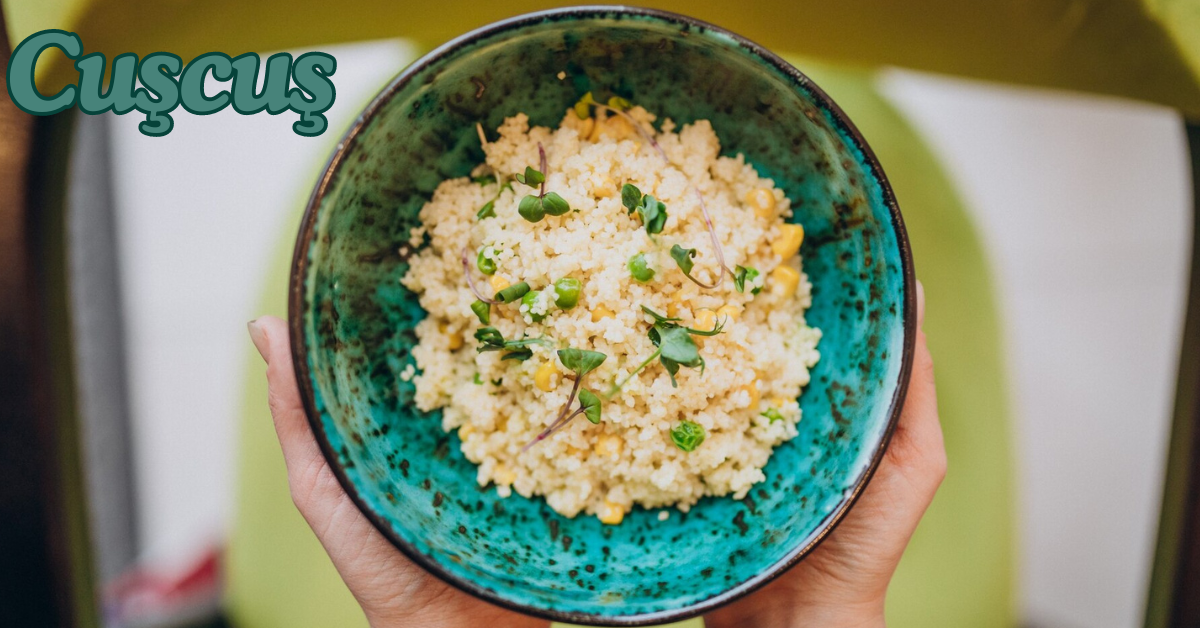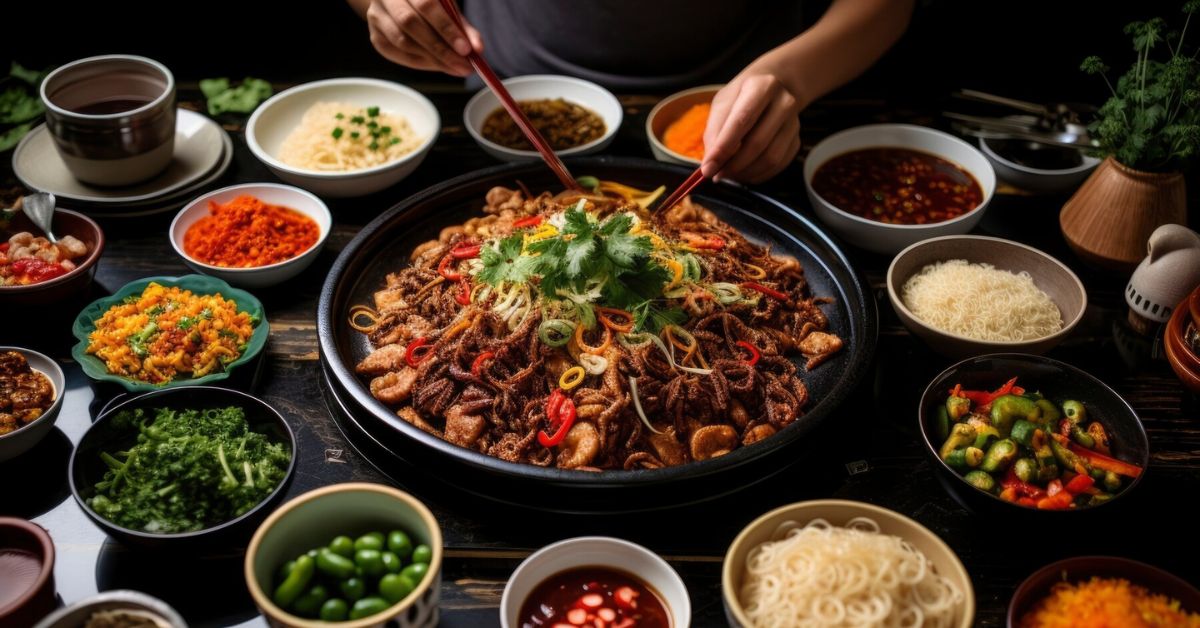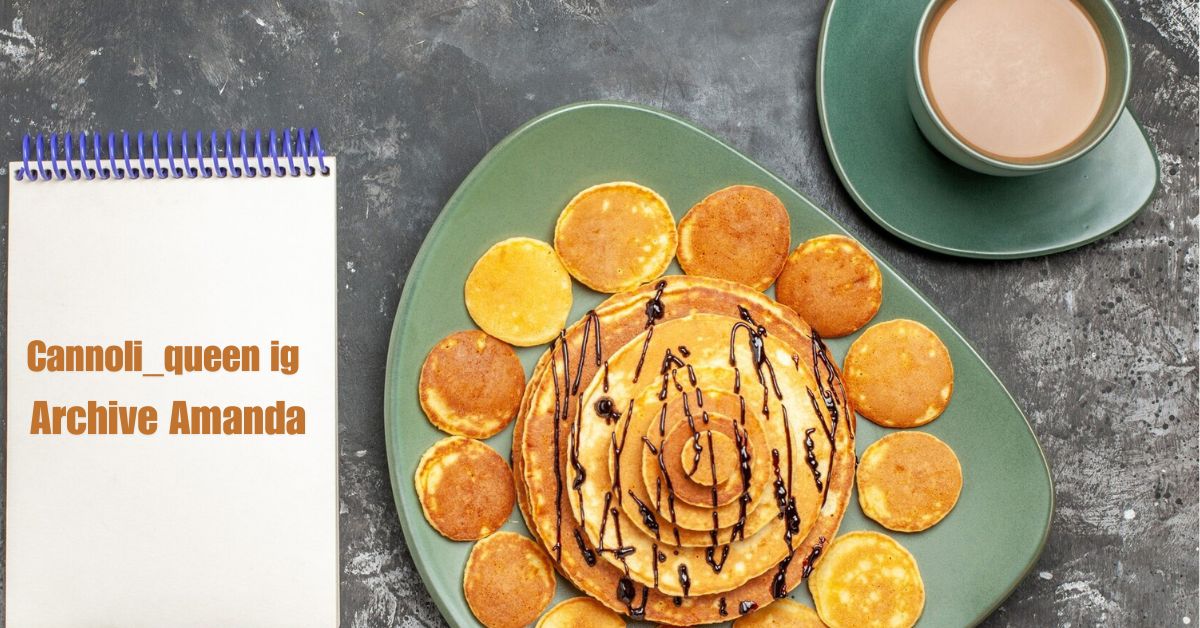Welcome to the ultimate guide on cooking perfect cuşcuş, where we’ll explore the rich history, culinary uses, health benefits, and global popularity of this versatile dish. Whether you’re a seasoned chef or a beginner in the kitchen, these tips and tricks will help you elevate your cuşcuş game to impress even the most discerning foodies. So grab your apron and let’s dive into the world of cuşcuş!
The Ultimate Guide to Cooking Perfect Cuşcuş: Tips and Tricks
Mastering the art of cooking cuşcuş is easier than you think with these expert tips and tricks. Start by choosing the right type of cuşcuş for your dish, whether it’s fine or medium-grain, depending on your recipe. When preparing cuşcuş, remember to fluff it with a fork after steaming to avoid clumping and achieve that perfect light texture.
To enhance the flavor profile of your cuşcuş, consider toasting it before cooking or adding aromatic spices like cumin, coriander, or cinnamon for an extra kick. With these simple yet effective techniques, you’ll be able to create delicious and flawless cuşcuş every time!
MUST READ:Taste the Unique Fusion of Cultures in Malian Manchurian Cuisine
History and Origins
Cuşcuş, often spelled as couscous in English, has a rich history tracing back to ancient North Africa. Believed to have originated from Berber tribes in the region, this staple food quickly spread across the Mediterranean and beyond. The traditional method of making cuşcuş involves steaming coarsely ground wheat or semolina until fluffy and light.
Over time, different regions have adopted their own variations of cuşcuş, incorporating local ingredients and flavors into this versatile dish. Whether enjoyed plain as a side dish or mixed with vegetables and meats for a hearty meal, cuşcuş continues to be a beloved part of many cuisines worldwide.
Types of Cuşcuş
Cuşcuş comes in various types, each offering a unique texture and flavor profile. The most common type is Moroccan cuşcuş, made from durum wheat semolina. It has a fine texture and is perfect for salads or as a side dish.
Another popular variety is Israeli couscous, larger in size and often toasted before cooking to enhance its nutty flavor. Tunisian pearl couscous stands out with its distinct round shape, ideal for absorbing sauces in stews and soups. With different types available, you can experiment with diverse cuşcuş varieties to create culinary delights!
Culinary Uses
Cuşcuş, with its versatile nature, can be used in a variety of culinary creations. From savory dishes to sweet treats, the possibilities are endless. In Moroccan cuisine, cuşcuş is often paired with vegetables and meats to create flavorful tagines or served as a side dish alongside stews.
For those with a sweet tooth, cuşcuş can be transformed into delectable desserts like puddings or even used as a base for fruit salads. Its ability to absorb flavors makes it a perfect canvas for experimentation in the kitchen – so let your creativity run wild!
Health Benefits
Cuşcuş isn’t just delicious; it also packs a nutritional punch! This versatile grain is rich in fiber, promoting digestion and aiding in weight management. It’s a great source of energy-boosting carbohydrates, keeping you fueled throughout the day.
Additionally, cuşcuş contains essential vitamins and minerals like B vitamins, iron, and magnesium. These nutrients support overall health and well-being by boosting immunity and reducing inflammation. With its impressive nutrient profile, cuşcuş is not only tasty but also a valuable addition to a balanced diet.
Global Popularity
Cuşcuş, with its rich history and versatile uses, has gained popularity worldwide in recent years. From North Africa to the Middle East and beyond, this tiny grain-like pasta has captured the hearts (and taste buds) of people across the globe. Its ability to absorb flavors and complement a wide range of dishes makes it a favorite ingredient in various cuisines.
Whether used as a base for savory stews or enjoyed as a light salad, cuşcuş continues to make its mark on international culinary scenes. Its growing popularity showcases its adaptability and appeal to food enthusiasts looking for new and exciting ingredients to incorporate into their meals.
About Post Author
Curious about the mastermind behind this informative blog? Look no further! The post author is a culinary enthusiast with a passion for sharing their knowledge and expertise on all things cuşcuş. With years of experience in the kitchen, they bring a unique perspective to each article through personal insights and creative tips.
Dedicated to providing valuable content, the post author strives to inspire readers to explore the world of cuşcuş and elevate their cooking skills. Stay tuned for more tasty recipes and helpful guides from this seasoned foodie!
Cuşcuş: Quick Facts and Trivia
Cuşcuş, also known as couscous, is a staple in North African cuisine. Quick to cook and incredibly versatile, this tiny pasta-like grain has been enjoyed for centuries. Did you know that cuşcuş is actually made from semolina wheat? It’s true! The process involves rolling moistened semolina wheat flour into small granules before drying them.
This unique cooking method creates fluffy and light cuşcuş grains that are perfect for absorbing flavors. Fun fact: traditionally, cuşcuş was steamed over a pot of simmering stew to infuse it with delicious taste. Whether enjoyed plain or mixed with veggies and spices, cuşcusş adds a delightful texture to any dish!
Health Concerns and Considerations
When it comes to enjoying cuşcuş, there are a few health concerns and considerations to keep in mind. While cuşcuş itself is a nutritious choice with many benefits, those watching their carbohydrate intake should be mindful of portion sizes.
Additionally, individuals with gluten sensitivities or celiac disease should opt for certified gluten-free cuşcusş varieties to avoid any adverse reactions. Being aware of these factors can help you savor your cuşcusş dishes while maintaining a balanced and healthy diet.
Versatile Uses of Cuşcuş
Cuşcuş is a versatile ingredient that can be used in various dishes, both savory and sweet. In Moroccan cuisine, it’s often steamed and served as a base for flavorful tagines or mixed with vegetables for a hearty side dish.
For a twist on breakfast, try making cuşcusş porridge by cooking it with milk or almond milk and adding your favorite toppings like fresh fruit and nuts. It can also be used to make salads more filling or even in desserts like puddings or cakes for a unique texture. The possibilities are endless when it comes to incorporating cuşcusş into your culinary creations!
Traditional vs Modern Preparation Methods
When it comes to preparing cuşcuş, there are traditional methods that have been passed down through generations and modern techniques that cater to convenience and efficiency. Traditional preparation involves steaming the grain in a special pot called a couscoussier, allowing the steam to cook the grains evenly.
On the other hand, modern cooks may opt for quicker methods like using an electric steamer or microwave to prepare their cuşcusş. These methods may save time but can sometimes impact the texture and flavor of the final dish. Whether you choose tradition or innovation, both methods offer unique approaches to achieving that perfect fluffy texture of cuşcuş.
Basic Ingredients
When it comes to cooking perfect cuşcuş, understanding the basic ingredients is crucial. The main component of this dish is semolina, a coarse wheat flour that gives cuşcusş its unique texture and flavor. Additionally, water or broth is used to steam the grains during the cooking process.
Apart from these essentials, olive oil or butter can be added for richness and flavor enhancement. Salt and spices like cumin or coriander are often included to elevate the taste profile of cuşcusş dishes. Mastering the combination of these basic ingredients is key to achieving delicious results every time you cook cuşcuş!
Nutritional Value
When it comes to cuşcuş, its nutritional value packs a powerful punch. This tiny grain is a great source of carbohydrates, providing energy for your body throughout the day. Additionally, it contains fiber which aids in digestion and keeps you feeling full and satisfied.
Cuşcuş also boasts essential minerals like iron, magnesium, and zinc. These nutrients are crucial for maintaining healthy bodily functions like oxygen transport in the blood and immune system support. Incorporating cuşcusş into your diet can be a delicious way to nourish your body with vital vitamins and minerals.
Sample Recipes and Inspiration
From savory Moroccan-style dishes to refreshing Mediterranean salads, cuşcusş can be the star of your next meal. Try mixing it with roasted vegetables, herbs, and spices for a flavorful twist. Or how about incorporating it into a fruity dessert recipe for a delightful treat? The options are endless when it comes to experimenting in the kitchen with this versatile ingredient. So get inspired and start cooking up some mouth-watering cuşcuş creations today!
Conclusion
As we wrap up this ultimate guide to cooking perfect cuşcuş, it’s clear that this versatile ingredient has a rich history and global appeal. From its traditional roots to modern culinary uses, cuşcuş offers a range of health benefits and delicious possibilities in the kitchen.
With its nutrient-packed profile and easy preparation methods, cuşcuşs is a must-have staple for any home cook looking to add variety to their meals. Whether you enjoy it sweet or savory, hot or cold, there are endless ways to incorporate cuşcusş into your dishes for a flavorful twist on traditional recipes.
FAQS
1. How long does it take to cook cuşcuş?
Cooking times may vary depending on the type of cuşcusş and the recipe. Typically, it takes around 5-10 minutes to prepare traditional couscous.
2. Can I store cooked cuşcuş in the fridge?
Yes, you can store cooked cuşcusş in an airtight container in the refrigerator for up to 3 days. Simply reheat it by adding a little water or broth before serving.
3. Is cuşcuş gluten-free?
Cușcus is naturally gluten-free as it’s made from steamed semolina wheat grains; however, cross-contamination may occur during processing, so always check labels if you have a gluten sensitivity.
4. Can I use cușcus in salads or desserts?
Absolutely! Cușcus can be used in various dishes ranging from salads and desserts to savory mains and pilafs, offering versatility in your culinary creations.





